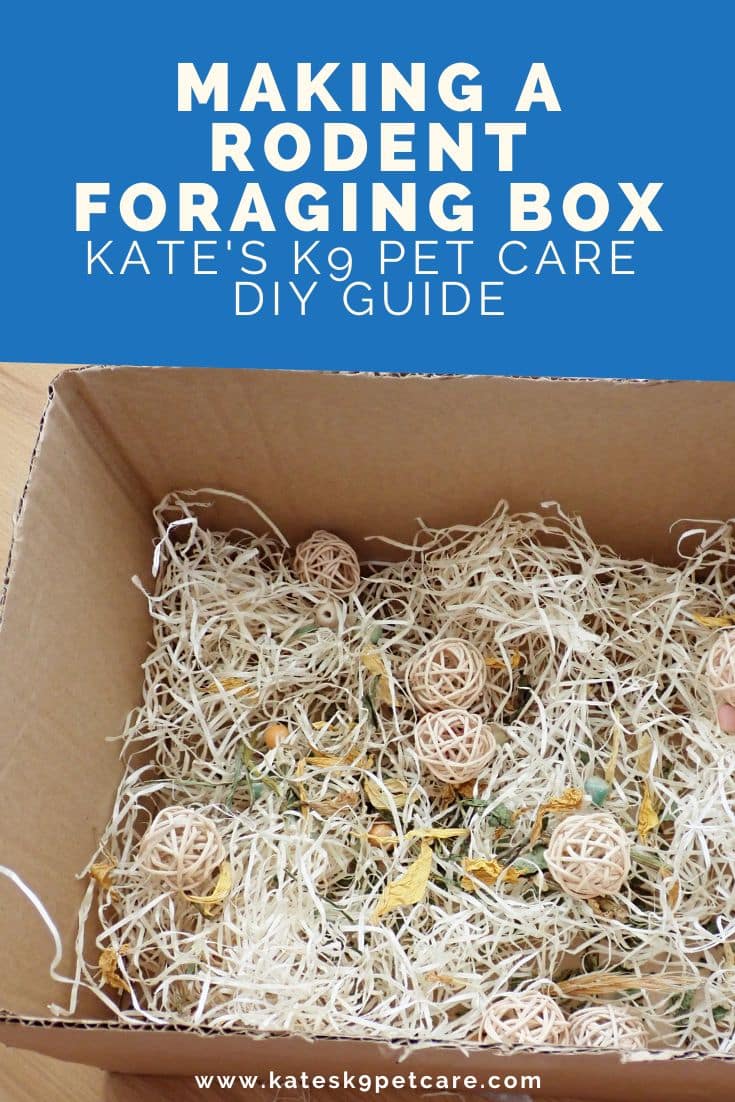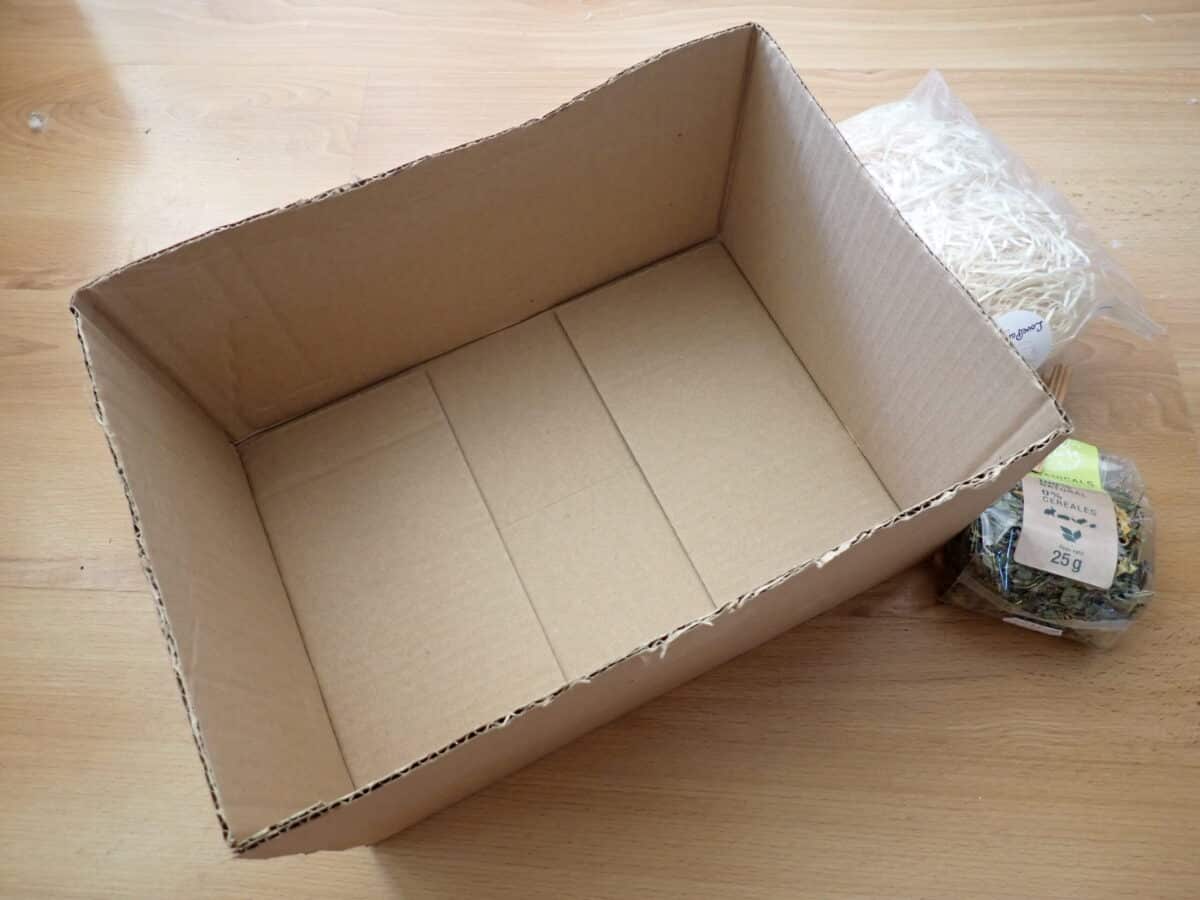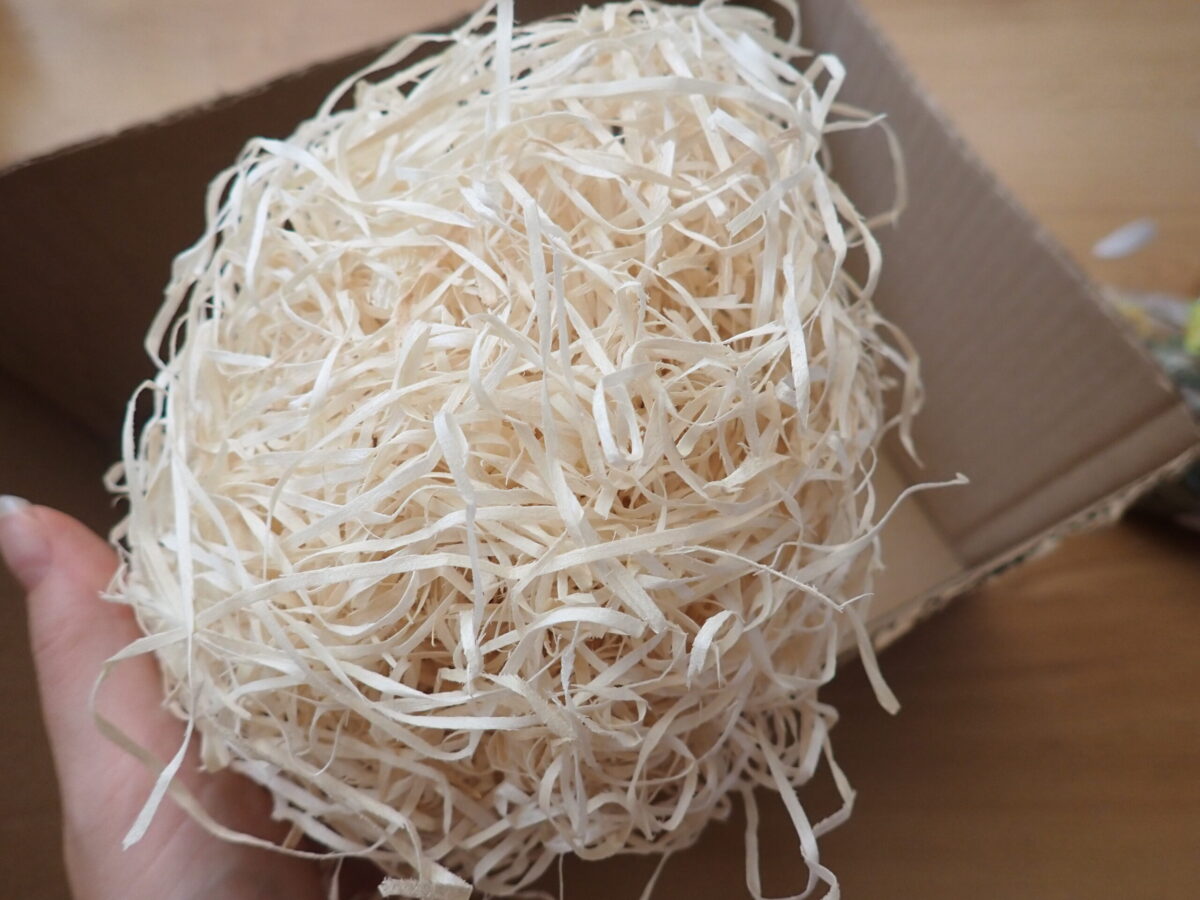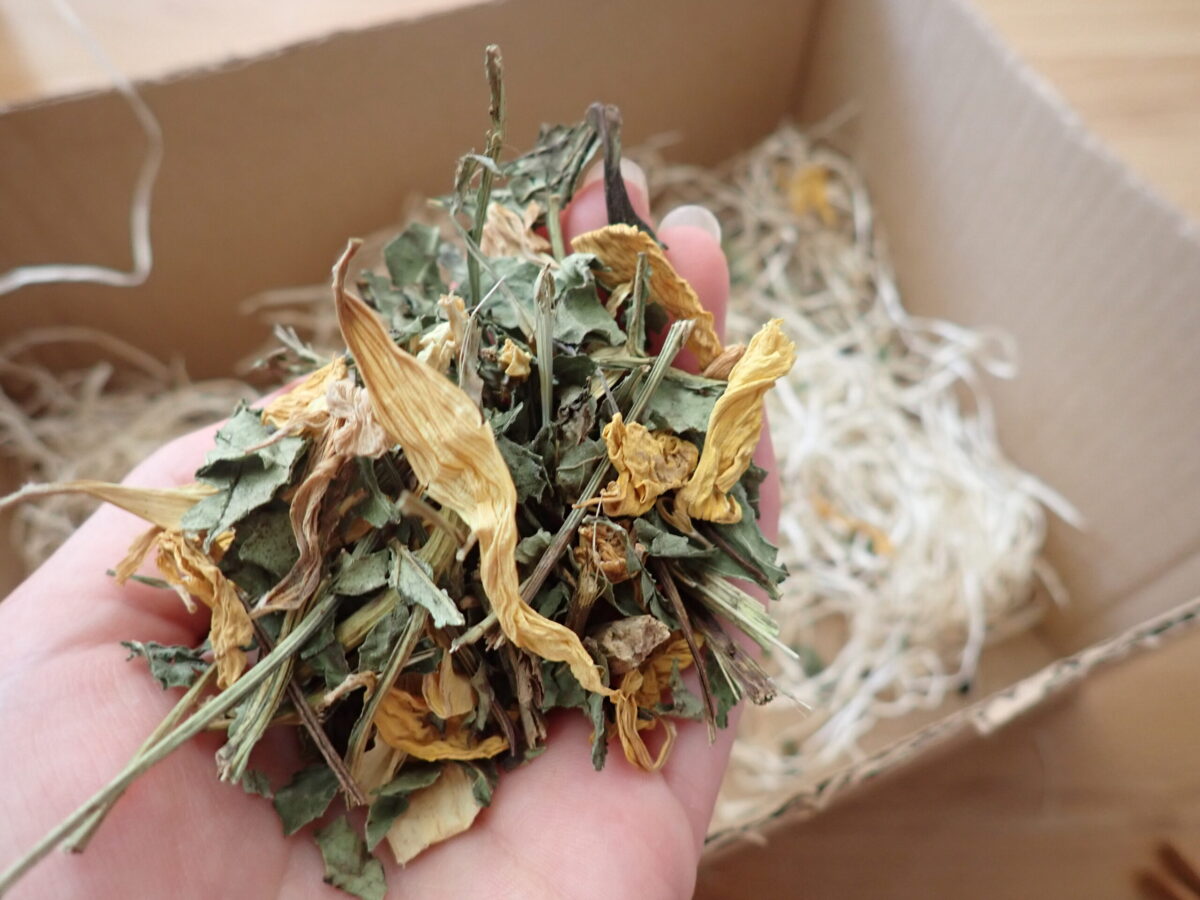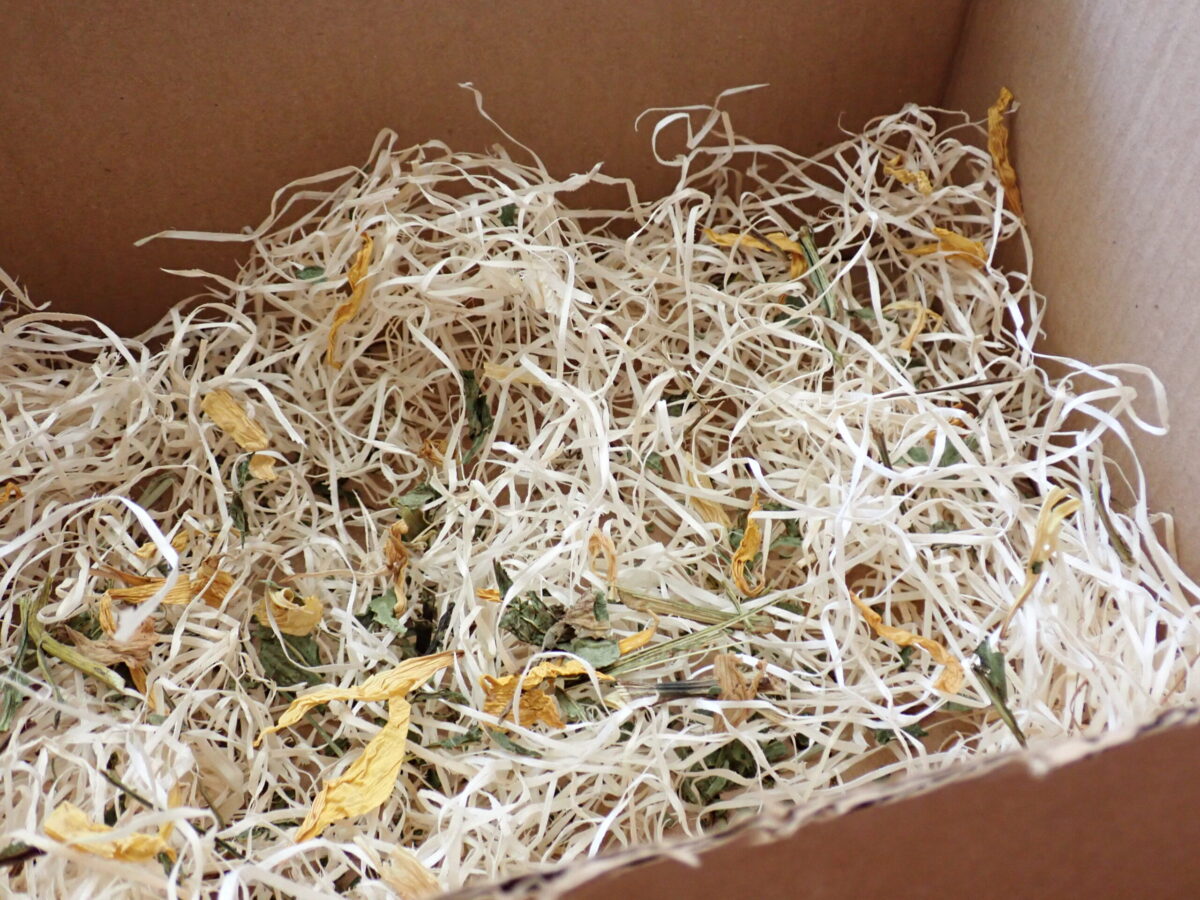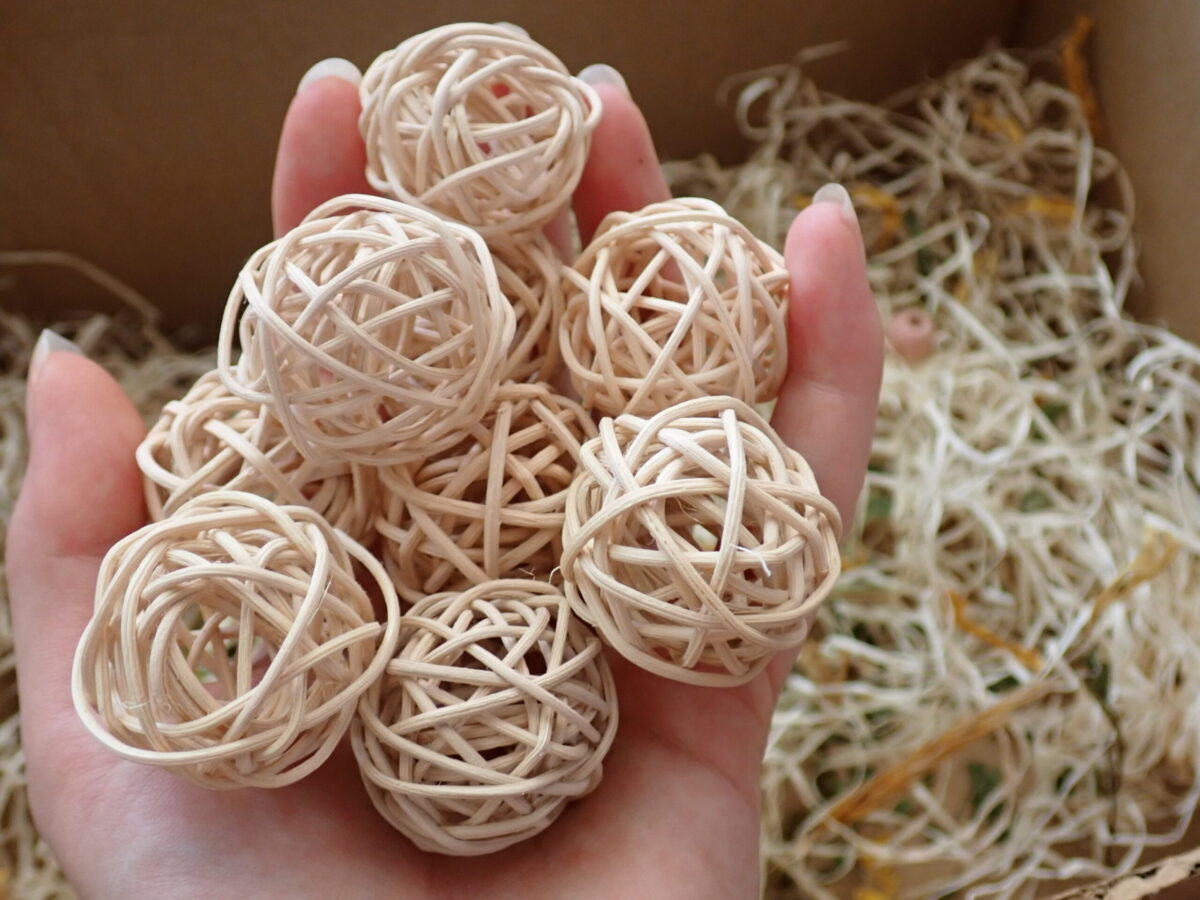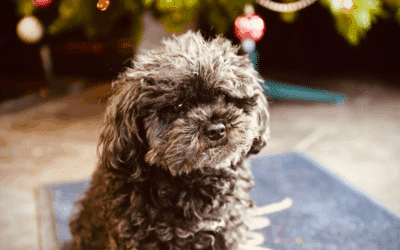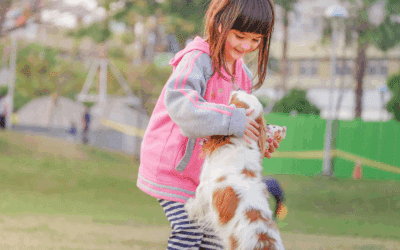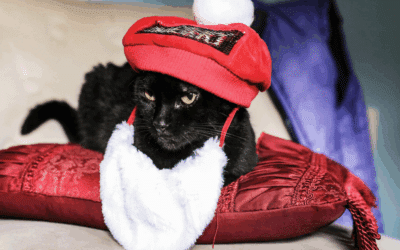Disclaimer: Kate’s K9 Pet Care proudly provides dog walking, cat sitting, small animal pet care, pet taxi services, “Almost Overnight” pet care, and convenient pet supply delivery.
For full details about each of our services, please visit our Service Pages to learn more about how we can support your pet’s needs. To see where we currently operate, please visit our Service Area Page.
Looking for something to keep your small pet rodent entertained? Foraging is the perfect solution! Our furry friends naturally spend much of their day digging, sniffing, and searching for food, so why should we place their meals in a bowl and be done with it? Challenge your rodent’s clever brain by making it work for its food.
Let’s have a look at how to make a foraging box that will keep your hamster, mouse, rat, gerbil or degu busy for hours!
What is a rodent foraging box?
There are all sorts of toys and items available that can stimulate natural foraging behavior in small pets. Most (online) rodent supply stores or pet shops will sell a variety of enrichment items, but you can also easily make your own foraging box at home. These usually consist of a cardboard container filled with something like shredded paper, hay, or safe bedding, plus a mix of tasty treats and fun textures for your pet to explore.
Need Pet Care Fast?
Submit an Instant Service Request today and we’ll take care of the rest.
The point here is to fill the foraging box with snacks or small enrichment items—like chew toys—and encourage your pet to go searching for them. It makes mealtime much more engaging and is a great way to provide mental stimulation (not to mention it’s a fun, easy DIY project to make with the kids!).
Why is foraging important for rodents?
Why would you make a rodent foraging box? If you’re familiar with the concept of foraging for (small) pets, you probably already know the answer to this question. If you haven’t introduced foraging options to your rodent yet, it’s time to start! There are multiple advantages to foraging, but the basic premise is that our practice of simply putting a bowl full of food in front of our furry friends isn’t actually the best way to go about rodent mealtime.
In the wild, these animals spend much of their day in search of their next meal. Once they’ve found it, in some cases, they have to figure out how to get to it. They’ve evolved to be smart enough to solve these problems, and it’s a waste not to let them use those keen brains. Using items like foraging toys and foraging boxes which make food more difficult to access, as well as presenting food in a more natural form, are great ways to encourage these natural behaviors in your pet rodent. It’s like combining food and play, making it the perfect boredom buster.
Since boredom can result in destructive behaviors like excessive chewing, pacing, over-grooming and even aggression in rodents like hamsters and rats, it’s not difficult to see how important it is to keep yours busy with activities like this. If your pet has never been allowed to forage before, it might need a little introduction, but I promise the majority will get the hang of it quickly and actually enjoy it a lot.
Did you know? There is loads of evidence suggesting rodents need something to do and that foraging is an ideal solution. Contrafreeloading, which is when an animal prefers to work for its food even though it can also get it for “free”, has been observed in some rodents. The concept has been especially widely studied in rats, which seem to just adore being able to forage.
How to make a rodent foraging box
Let’s have a look at how to put together our rodent foraging box! I promise it’s super easy, and you may already have most of the materials at home. It’s also very customizable, so you can create your own spin on the box I made as an example for this article. You could even make an extra-large, extra-sturdy box for bigger pets like guinea pigs and ferrets.
Step 1: Gather materials
You won’t need much! Here’s what we use for a simple foraging box:
-
Box (cardboard works great)
-
Bedding (undyed shredded paper, safe wood shavings like aspen)
-
Bedding extras (hay, dried rodent-safe leaves, grasses and weeds)
-
Accessories (chew toys, cardboard rolls, small wicker or seagrass balls—anything that’s safe and small)
For our example box, we went for a cardboard container filled with safe wood shavings and a dried, rodent-safe herb and flower mix as a base. We then added some small wicker balls and wooden beads colored with vegetable dye for extra interest. These are just suggestions, though: you can really use anything.
Cut up unbleached coffee filters and muffin papers, toss in dried forage, or scatter some seeds or mealworms. As long as it’s free of dyes, glues, pesticides and other harmful substances, it will work.

Here you are: a foraging box like this one, with treats hidden inside, will extend mealtime for your rat, mouse or other small furry friend from a few minutes to as much as an hour.
Step 2: Assemble
All you have to do to assemble your rodent foraging box is to ensure the bedding covers the bottom and then sprinkle any extras on top. If your pet is an experienced forager, you can hide some food now: it’ll know what to do. If it has never had the chance to forage before, keep the snacks visible for now.
Step 3: Introduce
Again, if your rodent is familiar with the concept of a foraging box, all you have to do is place it in its enclosure and it’ll dive right in. If it’s naturally curious, it probably won’t need much introduction either. It’ll sniff around and discover the food along the way. If your pet is new to all of this, however, it may need to see you placing the treats inside. If it’s very cautious and ends up being scared of the box, it probably needs a few days to warm up to it.
In some cases, a little patience is needed to help your rodent catch on to the idea. Don’t give up! Foraging is highly beneficial.
Sources & further reading


